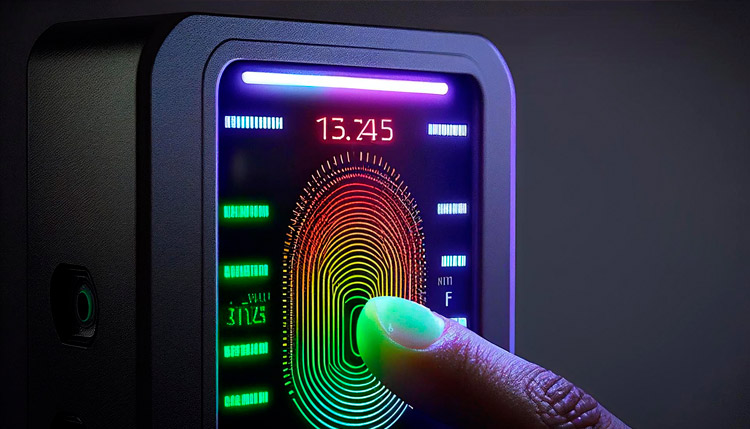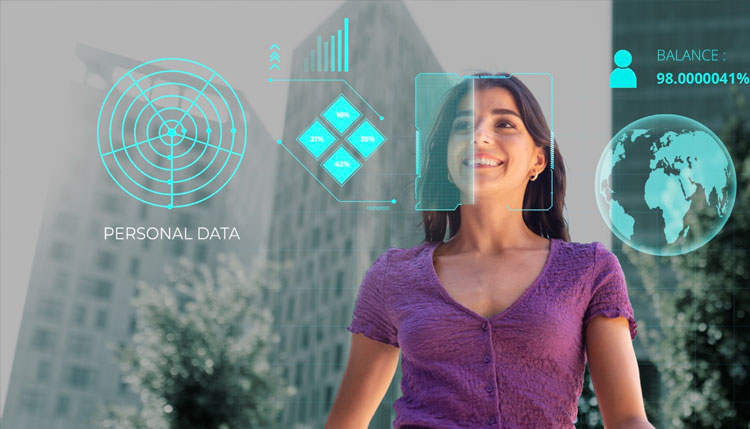
Best Practices of GAIT Recognition
In the ever-evolving domain of biometric security, GAIT recognition stands out as a unique and increasingly relevant technology. Distinct from other biometric methods, GAIT recognition analyzes the way an individual walks – an attribute as unique as fingerprints or iris patterns. With the rise of sophisticated identity management systems, companies like TrueID are leading the way in integrating GAIT recognition into their suite of biometric solutions.
Understanding GAIT Recognition
GAIT recognition works by measuring the body mechanics of an individual. This involves analyzing a combination of movements such as stride length, arm swing, and body symmetry. Since these attributes are difficult to mask or disguise, GAIT recognition offers a level of security that is hard to breach.
Advantages of GAIT Recognition
- Non-intrusive and Non-contact: Unlike fingerprint or iris scanning, GAIT recognition does not require physical contact, making it a non-invasive method of identification.
- Difficult to Mimic: The complexity of an individual’s gait pattern makes it extremely difficult to replicate, ensuring a high level of security.
- Effective in Various Conditions: GAIT recognition can be effective even in low visibility or at a distance, unlike some other biometric methods that require clear, close-up images.
Best Practices in GAIT Recognition
Comprehensive Data Collection
For effective GAIT recognition, a comprehensive dataset is crucial. This involves capturing a variety of gait patterns across different terrains, walking speeds, and footwear. TrueID, for instance, invests in extensive data collection to ensure the accuracy of their GAIT recognition technology.
Advanced Algorithms
The use of advanced machine learning algorithms is vital. These algorithms help in accurately analyzing and interpreting the complex data involved in GAIT recognition. TrueID, with its focus on cutting-edge technology, employs sophisticated algorithms to enhance the accuracy of its GAIT recognition systems.
Integration with Other Biometrics
Combining GAIT recognition with other biometric identifiers, like facial recognition or fingerprints, can significantly boost security. TrueID advocates for a multi-modal biometric approach, where GAIT recognition forms a part of a more comprehensive security system.
Continuous Improvement and Updates
Like any technology, GAIT recognition systems must evolve. Continuous updates and improvements, based on new research and data, are necessary. TrueID ensures that its systems are always updated with the latest advancements in the field.
Privacy Considerations
With any biometric system, privacy is a major concern. Best practices in GAIT recognition involve ensuring data is stored securely and that privacy laws and guidelines are adhered to. TrueID emphasizes the importance of privacy and security in its GAIT recognition and other biometric solutions.
User Education and Acceptance
For any biometric system to be successful, user acceptance is crucial. Educating users about the benefits and safety of GAIT recognition can encourage wider acceptance. TrueID focuses on user education as part of its deployment strategy.
Conclusion
GAIT recognition is a promising biometric technology with unique advantages. By following best practices in data collection, algorithm development, system integration, continuous improvement, privacy protection, and user education, identity management services like TrueID can leverage GAIT recognition for enhanced security and user convenience. As the world moves towards more sophisticated security solutions, GAIT recognition stands as a testament to the innovation and advancement in the field of biometric identification. For more information, please visit www.trueid.in or write to info@trueid.in.











